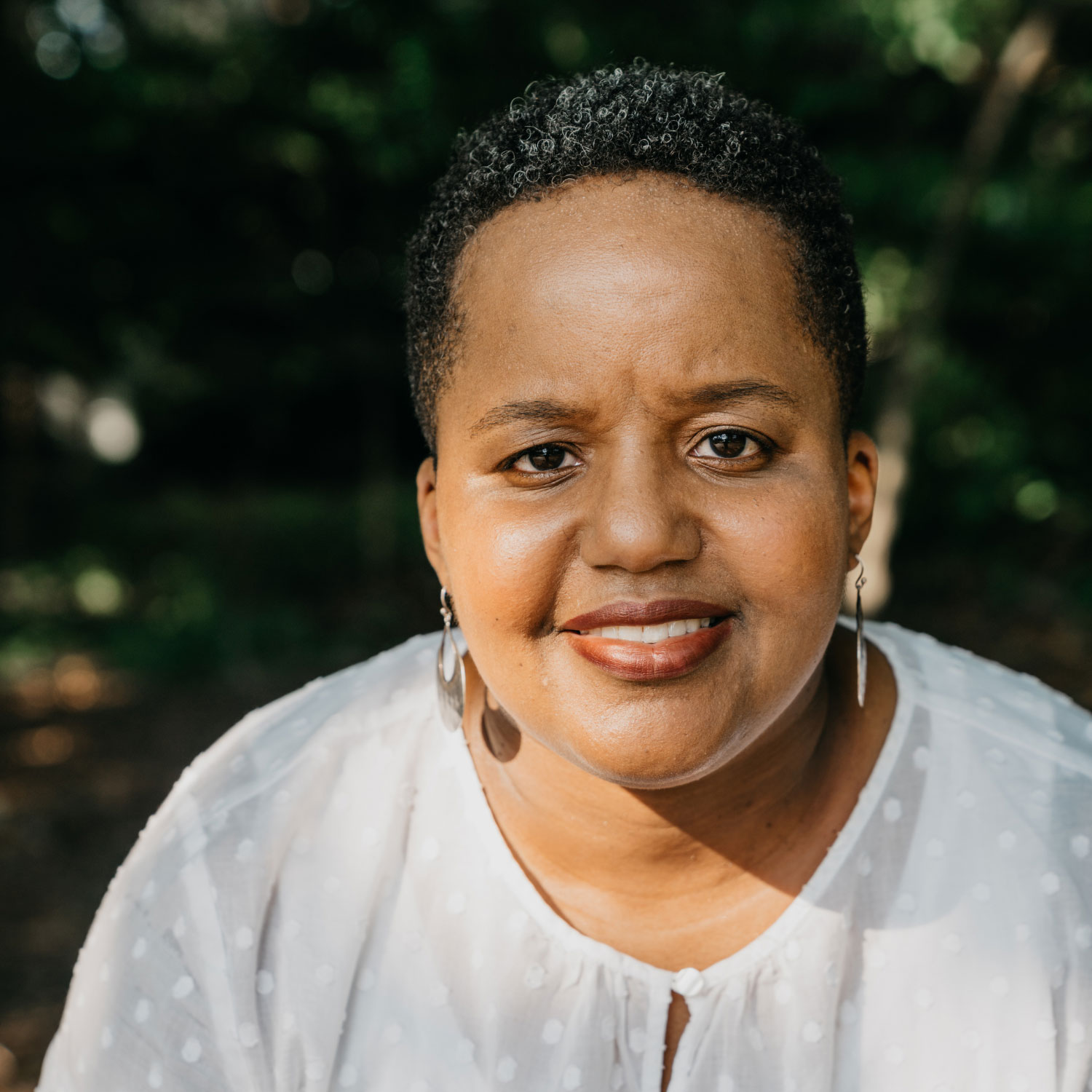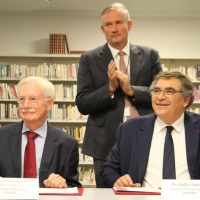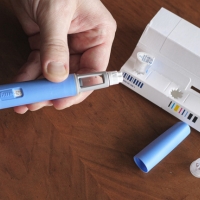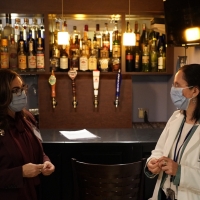Five Questions With…
Dawn Wayman, M.H.S. Scientific Diversity Officer, National Institute on Alcohol Abuse and Alcoholism

-
Your title is Scientific Diversity Officer. How would you describe the goals for this position?
The role of Scientific Diversity Officer (SDO) represents a new position at the National Institute on Alcohol Abuse and Alcoholism (NIAAA) and emphasizes the institute’s commitment to advancing diversity, equity, inclusion, and accessibility (DEIA) both internally and in the broader alcohol research community. I believe the role of the SDO will quickly become critical to the success of the federal government-wide strategic plan on DEIA that seeks to strengthen our ability to recruit, hire, develop, promote, and retain our nation’s talent and remove barriers to equal opportunity in the federal workspace.
At the agency level, the SDO position ultimately has three goals that align with the National Institutes of Health (NIH) UNITE initiative and NIH-Wide Strategic Plan for DEIA, and ideally would trickle down to each institute or center:
- Promote equity in the internal NIH workforce.
- Promote equity in the NIH-supported biomedical research ecosystem.
- Elevate health disparities and minority health research across institutes and centers.
-
Can you share some information about your background and how it motivated you to join NIAAA as an SDO?
After earning my master’s degree in epidemiology, I came to NIH to do health disparities research. I enjoyed that work and spent several years on the science side of the house until an opportunity arose for me to participate in the NIH Management Intern Program. During that experience, I began exploring employee engagement and satisfaction, and trying to understand how we create welcoming and inclusive work environments.
I became more fully immersed in diversity, equity, and inclusion work when serving as an institute’s liaison to the NIH Office of Human Resources and the NIH Office of Equity, Diversity, and Inclusion. That experience opened my eyes to the disparities that exist across the employment life cycle and formally shifted my career from trying to understand why certain groups of people experience disparate health outcomes to attempting to understand why certain groups of people experience disparate outcomes in the workplace.
While in the Management Intern Program, I completed a rotation at NIAAA and enjoyed my experience. Sometimes it’s the little things that stand out. For me, it was the presence of treadmill desks before standing desks were the norm. This small but meaningful recognition of an employee’s needs spoke volumes.
When I was interviewing for the NIAAA SDO position, the interview felt quite comfortable. I walked away feeling like this organization could be a great fit for me. It is the right size and has a leadership team that is fully committed to this important DEIA work, so I knew this was a place where I could plant roots for many years.
-
In your opinion, what are the most effective ways to influence positive institutional change in an organization concerning DEIA issues?
Change takes patience. Change takes time. Change takes place one person at a time. Most importantly, change requires being open to learning new things from new people. When we each bring our whole selves to the table, amazing things can happen.
In a previous role, I used the framework SEE to implement the organization’s DEIA strategy. I challenged the organization to See the difference, Educate themselves in the DEIA space, and Engage in the work. In other words, before we can change an organization, we need to step back and look at what’s happening—where are the disparities in our organization, what does our demographic makeup tell us, what do our satisfaction and climate surveys say about us, what does our grant portfolio look like? Then we do the work.
This same framework can be used at NIAAA. Taking the necessary time to fully understand an organization is one of the most effective ways to influence positive institutional change, because our approach will be tailored to address our specific needs.
I encourage individuals to discuss DEIA topics regularly, ask questions, be willing to learn and perhaps shift one’s thoughts or ideas, participate in DEIA-related activities across the agency and in the community, and really lean into those uncomfortable conversations. That’s where the magic happens.
-
What are some of your near- and long-term goals for NIAAA concerning DEIA?
At NIAAA, I hope we can foster an internal and external environment that welcomes everyone, no matter their background, and offers opportunities for professional growth, development, and success.
In the short term, I’d love to see us expand our connections with underrepresented communities across the institute’s intramural and extramural research programs. For example, we are working on expanding our outreach to minority-serving colleges and universities across the country to increase awareness about our internship and research training programs.
When thinking about expanding the reach of our extramural research program, part of the work will focus on ensuring that all individuals and communities have access to information about the grants process at NIAAA and NIH. This may be through webinars and information sessions or resources on our website. Collaboratively, we will figure out the right steps to help us achieve the goal of increased connection.
In the long term, I want NIAAA to be a model organization for DEIA work across NIH and the government. In five years, I hope we are an organization where a whole bunch of “differents”—and that’s all of us because we are all different—are making a difference in the NIH landscape and the alcohol research enterprise. My dream is that the conversation at that time is not about us expanding efforts to connect with people of all backgrounds. Rather, I hope we are celebrating the culture we have created in our organization that has led to meaningful change in every area of our work.
-
Outside of the office, how do you like to spend your free time?
I want to believe I have a vibrant life outside of the office. I have a few things on my list … hiking, baking, coaching, being the best auntie ever, and writing. I volunteer with Special Olympics of Howard County as a coach during soccer and basketball seasons, and I am fully convinced there are no better athletes than the ones I coach.
I am also a family person, so I try to attend my nephews’ sporting events and visit my parents when my schedule allows. Lastly, I enjoy baking and cooking (and I may have a small garden that believes it’s “the little engine that could”), so I look forward to baking pies and cookies and picking fresh produce from the farm (to supplement my garden picks) during the fall and winter of every year.
Also in this issue…
Feature
News from the Field
Noteworthy
Noteworthy










